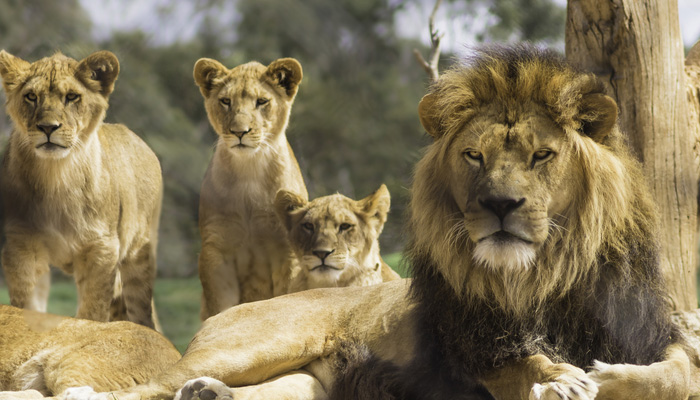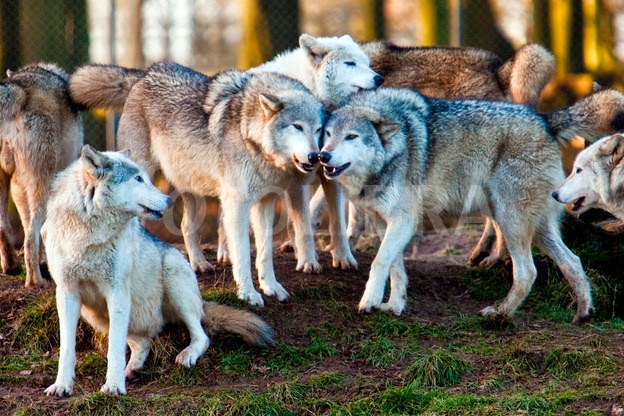Take a walk on the wild side

Lycans, regardless of breed have a number of unique customs and habits that are the result of the infusion of animal instinct and spirit with rational intellect and drive. Because new lycanthropes can represent not only a threat to their own kind, but also to other people, considerable time and resources are invested in teaching and training new members.
Interspecies dating of shape-shifters is acceptable as long as the shifters are not alphas, as long as they are weak they can date whoever they want without social stress. Alphas, however normally date their own species, with some maverick exceptions.
Support & Training
A great deal of time and effort goes into appropriately training and guiding new lycanthropes, and ensuring they have a place in the groups hierarchy as well as the support they need in dealing with their new life. Even older and experienced veteran lycanthropes sometimes need to fall back onto training in order to overcome some problem.
Of particular interest and focus for most lycan groups is the integration of control of shapeshifting during sex. Groups usually appoint sponsors to new lycans to teach them about the change, control, and how to walk successfully in the two cultures. Normally the sponsor will teach new lycans about sex, but sometimes the sponsor is unable or unwilling and sexual surrogates are assigned. These surrogates are usually experienced, dominant lycans. Sex or in some circumstances lust, can release the beast against the will of the Lycan and is why it’s been referred to as the "Killing Dance". Sex with humans can result in their death when at the moment of orgasm the lycan shifts and tears their partner apart. Older lycans can control and resist this; however not shifting during sex among some lycans is considered holding back and is almost like saying it wasn't THAT good.

Social Structure
Not every lycan group maintains rigid social hierarchies, or strict codes of dominance and submission. Particularly among most of the feline lycanthropes, who like their feline kin tend to be more independent and less reliant on social groupings in order to get by. Most of the predatory strains of lycanthropy do maintain some sort of social hierarchy, featuring components of dominance and submission that mirrors in some ways the bonds of a wolf pack. The freak breeds on the other hand tend to operate with less need for social hierarchy even if they enjoy socialization itself.
Common Dwellings
Most, but no means all, lycans maintain a sort of communal property, usually on the fringes of the city where they have space to roam, and space to hunt when the full moon change comes on them. In other places, a lycan group might buy several properties in a fashion similar to the polygamist compounds of Utah, remove any fences between the properties and in this way create a communal space where the group can gather, without forcing individuals to cohabitate in any given locale. One reason for these communal properties is that it is a way to create a barrier between the lycan group and non-lycans around them, providing an island of safety. Another is that new lycans require extensive training and looking-after, having a communal property where several members of the group can lend a hand to this task is not only smart, but also efficient.
The Dead
While the werewolf term of Munin is the most widespread term for the departed dead of a lycan group, other lycan groups have borrowed this phrase from the werewolves in order to refer to the spirits of their own dead. Every lycan group maintains ties to its ancestral dead, even if these groups do not have formal social structures or rigid hierarchies of dominance. Should a dead member of the same species be encountered, most lycans feel a sense of duty to consume the departed's brain or heart in order to keep the spirit tied to the species. The term "Munin" refers to the dead of a werewolf pack specifically, and is used generally for the departed spirits of any lycanthrope that is tied to an individual or a group.